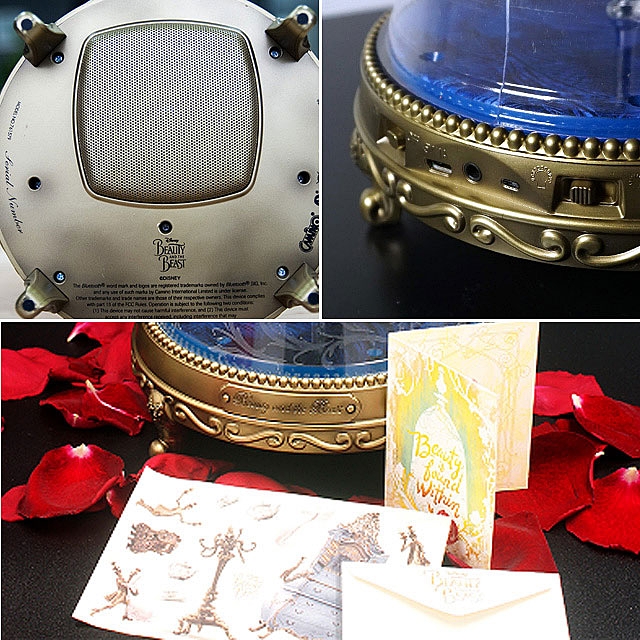

The Triumph of Galatea (1514) by Raphael Vicenç Valcárcel Pérez, CC BY-SA 4.0, via Wikimedia Commons The artist did not intend for Galatea to represent any actual being, but rather to depict ideal beauty, according to art historian Giorgio Vasari. Raphaelchose to represent the nymph’s apogee while atop a shell-chariot pulled by two dolphins in the picture. The nymph, overcome with sadness, changed her youthful lover into a river. Polyphemos fell into a furious frenzy after discovering the two young lovers together and squashed the youngster beneath a boulder. She had, nevertheless, turned down his attempts and grown to love Acis, a rural shepherd.

Polyphemus, the one-eyed giant, has lured her with melodies from his primitive pipes and dairy and cheese gifts. Galatea is the goddess of calm waters and one of the 50 Nereides. The Triumph of Galatea (1514) by Raphael Date Completed The piece is said to have been requested by the powerful Medici family, who dominated Florence at the period, and covers numerous themes relating to historic artists. These include the wind deity Zephyr, as well as others, although historians and critics disagree over the identities of these gods and goddesses. On either side of Aphrodite, there are other Greco-Roman deities. Aphrodite was the goddess of beauty, love, and procreation in Greek mythology. In the center of the canvas, the goddess Venus, also known as Aphrodite in Greek mythology, is vividly displayed. The Birth of Venus (1486) by Sandro Botticelli Sandro Botticelli, Public domain, via Wikimedia Commons This painting from 1486 depicts a landscape that has grown legendary throughout the years since it was created. The Birth of Venus is considered by historians and critics to be one of Botticelli’s most well-known paintings. Botticelli’s paintings, on the other hand, are centered on Greek mythology in a way that honors the features and qualities of legendary beings while also emphasizing the various tales related to them. His paintings mostly depicted Christian characters as well as highly regarded personalities from Italy’s many city-states.

Sandro Botticelli was a well-known figure during the early Renaissance period in Italy. The Birth of Venus (1486) by Sandro Botticelli Date Completed The juxtaposition of these two people has a variety of meanings, and scholars and historians debate Botticelli’s motivations for creating the picture.Īlthough the centaur looks to be subservient to Athena, some speculate that Athena is taming the half-man/half-beast figure in this scenario. Pallas is connected with Athena, the goddess of knowledge and innovation, whereas the centaur is generally associated with uncontrollable passion in Greek mythology.

Pallas and the Centaur (1482) by Sandro Botticelli Sandro Botticelli, Public domain, via Wikimedia Commons Pallas with the Centaur is an artwork by Botticelli that is said to have been painted about 1482, while he was largely engaged in Rome on some of his other masterpieces. Many early Italian Renaissance painters depicted themes from Greek mythology, with disguised connections to Christianity, which had been the dominant religion in the region throughout the centuries before to the movement. Pallas and the Centaur (1482) by Sandro Botticelli Date Completed Let us now take a look at the most famous Greek paintings of gods that greatly influenced art history from the Greek Renaissance art period until today. Greek mythology paintings were not only particularly popular throughout the Renaissance but they also reappeared during the Classical periods of the 18th and 19th centuries. The poetry of Ovid exerted a great effect on the psyche of poets and painters with the rediscovery of ancient antiquity in Greek Renaissance art and remained a vital inspiration in the transmission and interpretation of Greek mythology art.


 0 kommentar(er)
0 kommentar(er)
